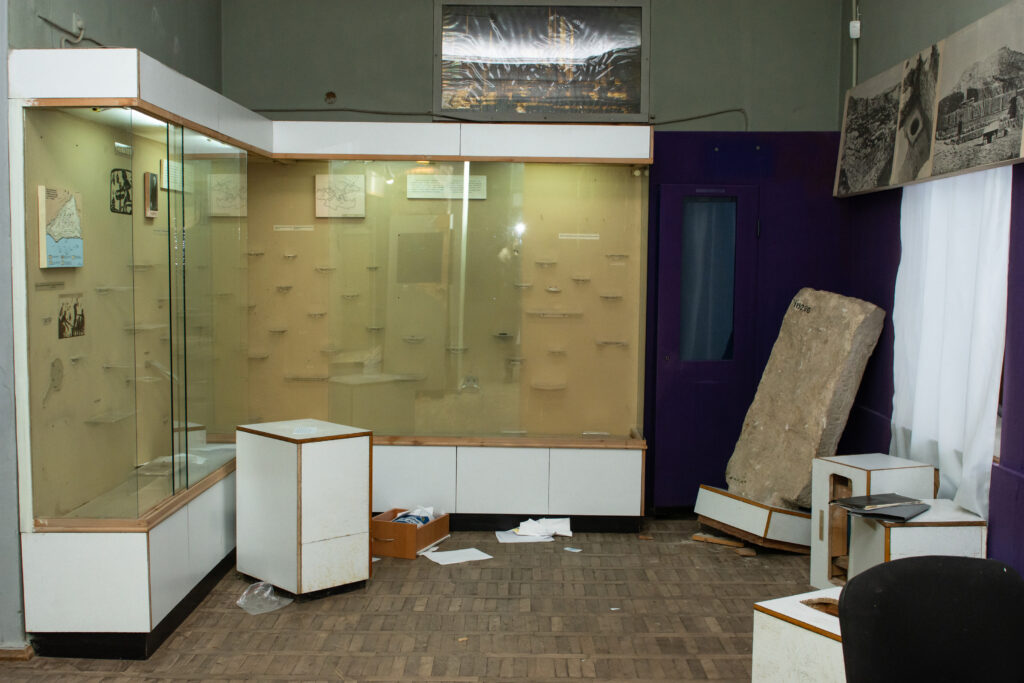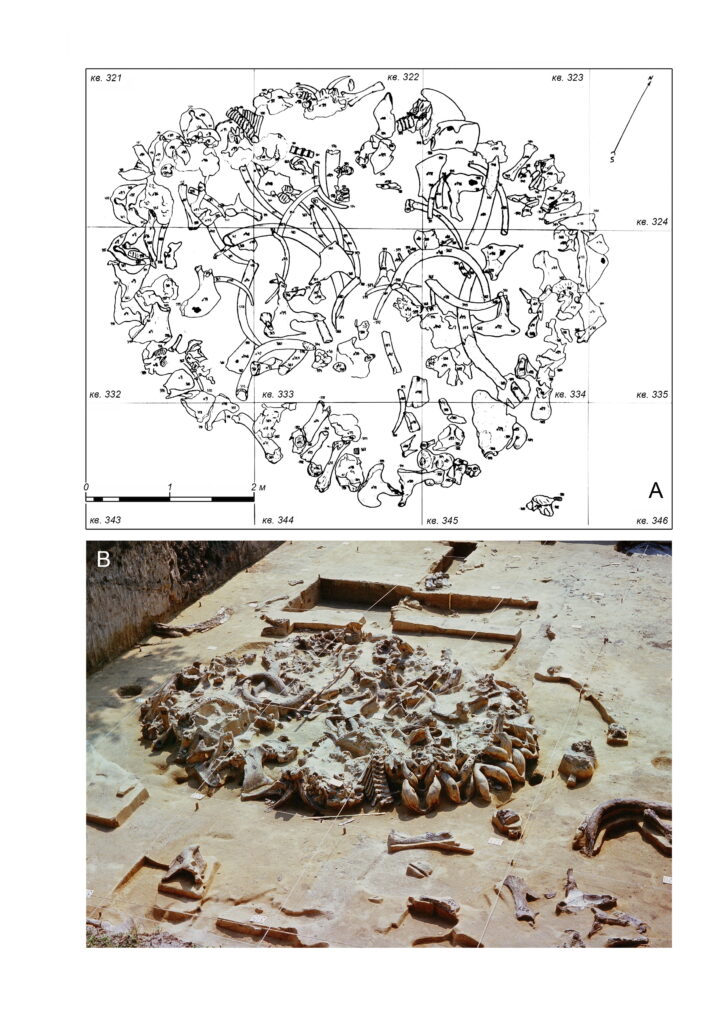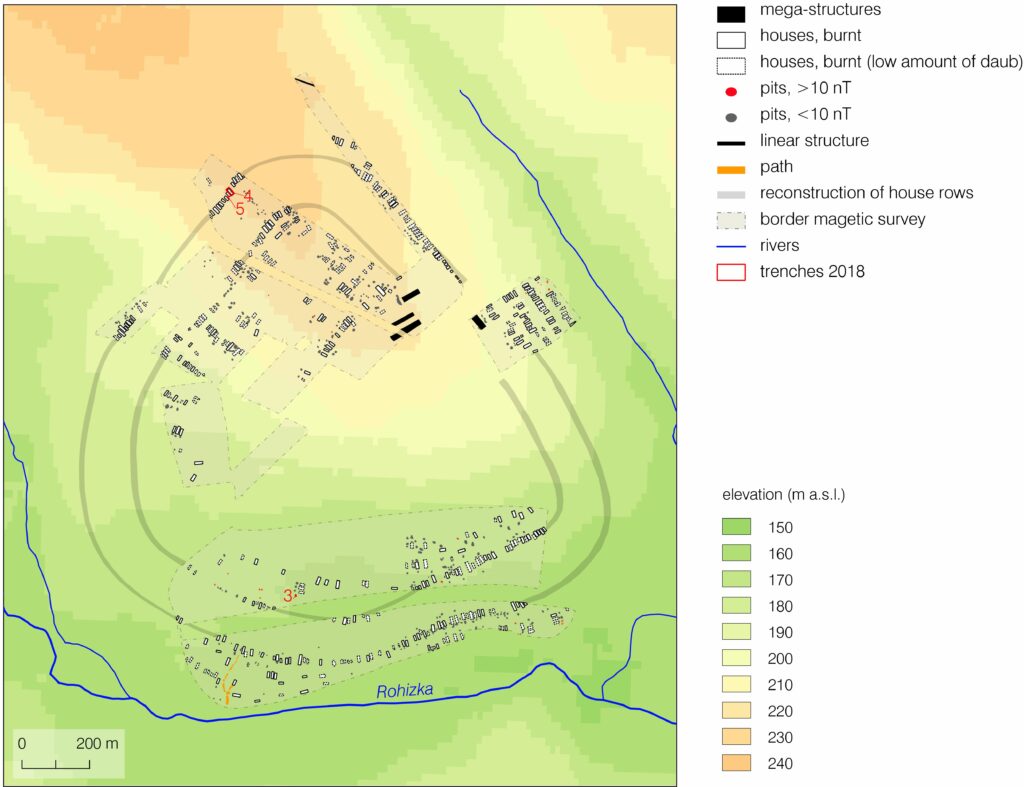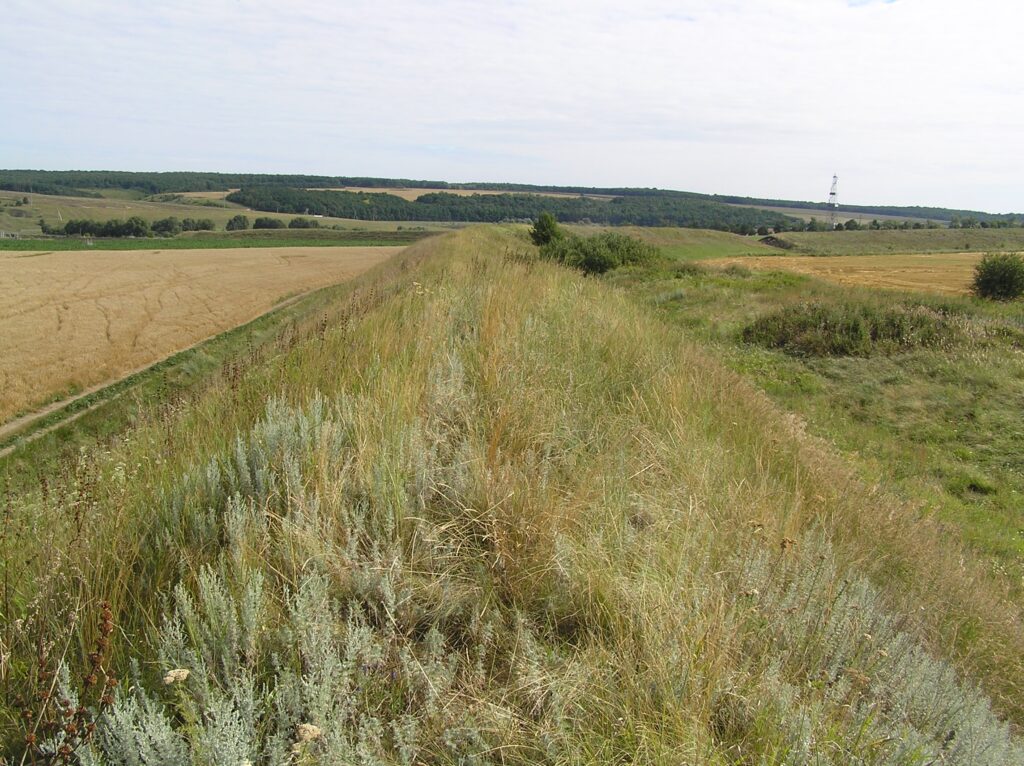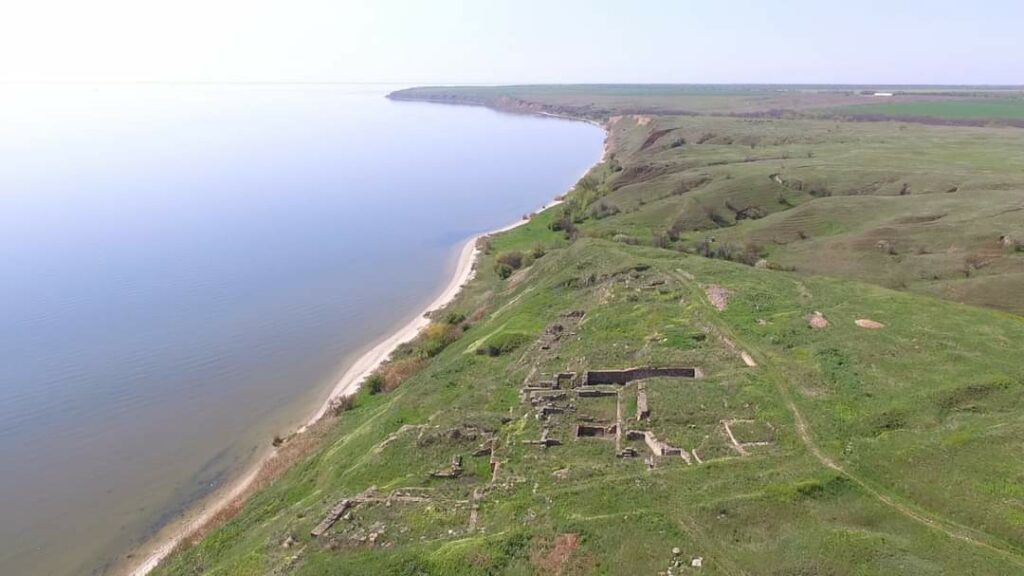As of today, UNESCO has verified damage to 260 cultural sites in Ukraine since Russian full-scale invasion in February 2022. In numerous cases, the destruction of the Ukrainian cultural heritage can be regarded as malicious intention rather than collateral damage. Not only archaeological sites but also movable objects in museums are threatened by hostilities, targeted for ideological reasons or looted for economic gain. Reports of the marauded museums of de-occupied Kherson with art and archaeological objects “safeguarded” by retreating Russian troops (Fig. 1) or Russian shelling of museums in Kupyansk, Okhtyrka and several other Ukrainian towns are the most inglorious cases of violating the international conventions on the protection of cultural property.
Already in 2022 – shortly after the beginning of the war – the German Archaeological Institute provided scholarships for Ukrainian archaeologists. This year again, they will receive support from the DAI through research scholarships in their difficult work of documentation, preservation and rescue of archaeological heritage during the war, made possible through additional funding of the Federal Foreign Office. The awarded projects cover a wide range – 3D recording and documentation of destroyed archaeological sites, rescue excavations in areas affected by hostilities, cataloging and digitization of research data and museum collections, but also archaeological analyses and publication of results. In this blog, our scholars will report on their proposals, working progress and results of their projects. At the same time, we aim to create awareness for the richness and importance of Ukrainian archaeological heritage – the sites and objects threatened by destruction are unique legacy of global human history and subjects for overarching supra-regional archaeological issues.
Already the Upper Palaeolithic period of the early human settlement of today’s Ukraine provides spectacular evidence. The excavations at open-air site Mezhyrich and other Epigravettian sites in Central Ukraine yielded remains of well-preserved buildings made of mammoth bones dating back approximately 15,000 years and being one of the first testimonies for substantial architecture in Europe (Fig. 2). The Aeneolithic Trypillia mega-sites in Ukraine, such as Maidanetske, Talianky or Bilyi Kamin, are unprecedented cases for social dynamics in European prehistory as they provide the earliest evidence of massive agglomeration of early agriculturalists in giant settlements exceeding 200 ha in size in the 4th millennium BCE (Fig. 3). The Iron Age hillforts with imposing earthen ramparts such as Bilsk in Eastern Ukraine were centers of political, economic and cultural life of the Scythians (Fig. 4). The large burial mounds, such as Alexandropol or Chortomlyk, testify to great collective effort in the construction of monuments in the Ukrainian steppes and to considerable social stratification among Scythian horse nomads. These communities maintained relations with Hellenistic colonists who had founded their first poleis on the Ukrainian Black Sea coast, such as the ancient city of Olbia (Fig. 5), which remains vividly illustrate ancient Greek life in the northern Pontus. These and many other examples illustrate the importance of Ukrainian archaeology to the European and global scientific community and our duty to preserve this fragile heritage.
Ilia Heit
References:
Rud et al. 2019: V. Rud/R. Hofmann/V. Kosakivskyi/O. Zaitseva/J. Müller, Trypillia megasites west of the River Southern Buh: Preliminary results of Bilyi Kamin site investigation in 2018. JNA 21, 2019, 27–60. DOI: https://doi.org/10.12766/jna.2019.2
Tsvirkun et al. 2021: О. Цвіркун/П. Шидловський/Д. Дудник/М. Чимирис, Кременеобробний комплекс четвертого житла Межиріцького верхньопалеолітичного поселення. Vita Antiqua 13, 55–86. DOI: https://www.doi.org/10.37098/VA-2021-13-55-86
